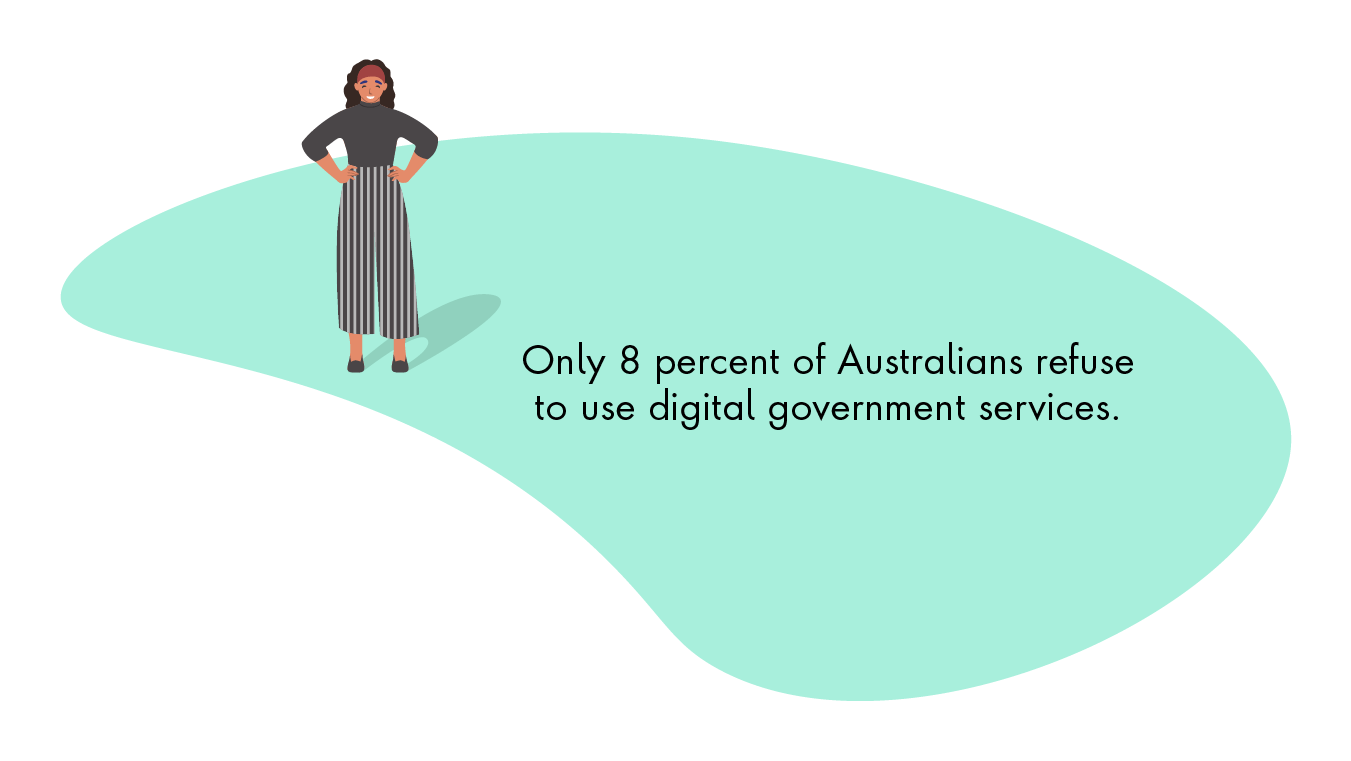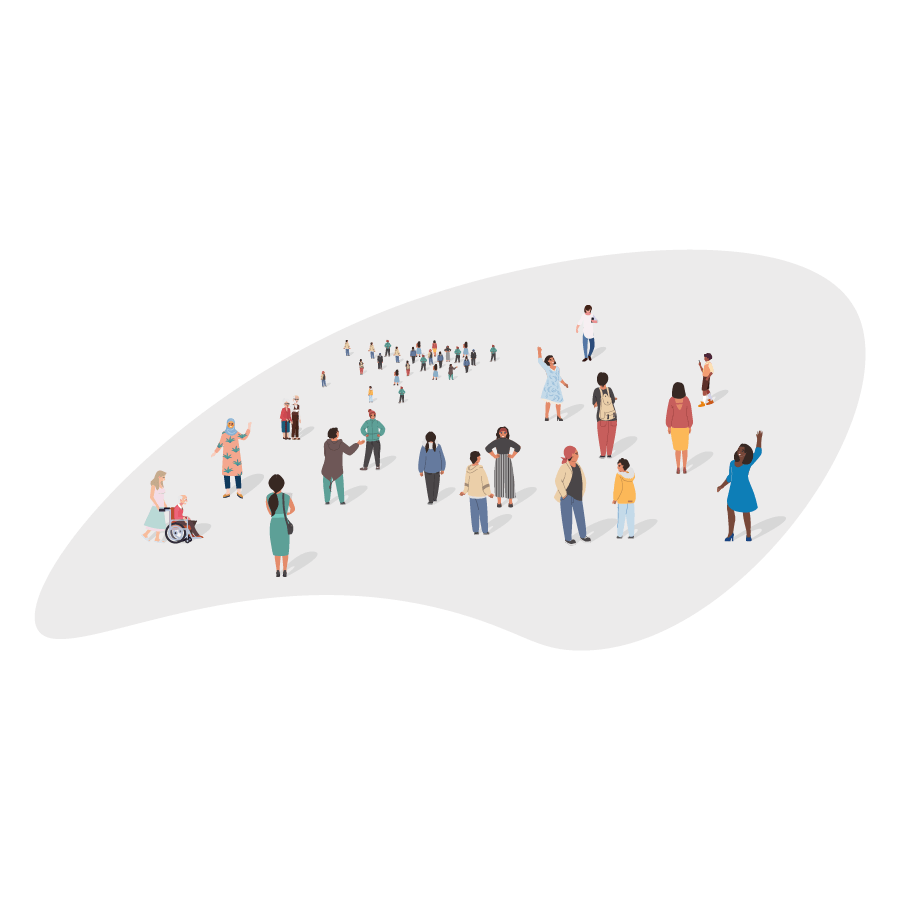What issue can we solve for you?
Type in your prompt above or try one of these suggestions
Suggested Prompt



Public Sector
High Demand for Digital Government Services Across Australia
High Demand for Digital Government Services Across Australia
Nearly all Australians are using digital government services, with strong demand for even more, according to new research by Publicis Sapient. Partly driven by the COVID-19 pandemic, the uptake of digital services has been exceptional. Citizens overwhelmingly prefer online interaction over face-to-face, due to speed, simplicity and ease-of-use.
Publicis Sapient Digital Government Research is based one of the largest private surveys ever commissioned on citizens’ service experience in Australia. It looked at usage, experience and perspectives on different aspects of how citizens engage with governments through digital services. More than 5,000 people responded across a demographically accurate range of states, age groups, income status, rural and regional locations and other factors reflective of the country’s population. The survey sought to ensure a representative mix of respondents recognising and enabling insights into the challenges and opportunities for different user groups.

-
Citizens overwhelmingly prefer online interaction over face-to-face, due to speed, simplicity and ease-of-use.

COVID-19 drives digital uptake

COVID-19 has accelerated uptake for many digital services, with the states most impacted by the pandemic seeing the greatest proportion of new users in the last 18 months, as well as the highest demand for digital services. But regardless of the cause, it’s landed with great acceptance and uptake.
People in Australia are very happy with digital services. 88 percent of respondents are using government digital services, with millennials the most likely to do so (94 percent compared to the oldest or 80 plus age group, Builders, at 61 percent). This is driven by their higher use of employment and family-related services.
Only 8 percent of Australians refuse to use digital government services. Overall, Australians who access government services digitally nearly universally have been doing so for at least one year, with an average of 6.6 years.

Australians want more digital services
The embrace of digital services is a great opportunity for the government to further accelerate digitisation. Demand is growing for more government digital services across Australia, with the most cited services being healthcare and finance/tax related. These are used by more than half of the population. Overall, 92 percent of respondents said they would use additional services.
The majority of citizens are open to as many services being made available digitally as possible. Healthcare, ATO and Centrelink are the most common areas where citizens have suggested extending digital service offers. Citizens are three times more likely to use digital health services compared to legal services and healthcare services are also the most consistently used across age categories.
Other suggestions for expanding the digital service offer for citizens included online voting, real-time citizen surveys/consultations and digital identification/certification.
Although digital usage varies by service area, user experience is high across the board. “Convenience”, “saves me time” and "process time is faster" are more important than "simplicity" to established users of government digital services. The highest level of satisfaction is for digital transport and recreation services (94 percent rating Very Good or Good) and the lowest is Legal, which is still rated Very Good or Good by 87 percent of users.

New insights will be released throughout the year, with a fresh survey conducted on an annual basis.
Enhancing the citizen experience
By continuing to add and expand digital services, governments can increase user experience and satisfaction and increase trust and efficiency. Increasing uptake of digital services is all about user experience: financial incentives or more service offers are less likely to drive new digital users. The key drivers are around making services easier to access, simpler to understand and saving citizens’ time.
Whilst user satisfaction is high across all states and usage is consistent, there are opportunities to learn from best practices in some areas – such as legal and family services – given more material differences between higher-performing states and others.
Dissatisfaction with face-to-face services is not a large driver of seeking digital services. This may suggest that citizens are broadly happy with these channels, but also emphasises the importance of creating a good omnichannel experience for citizens across service access points. While respondents did not rate customisation as a particular driver of improved experience (27 percent), this may indicate the need to educate on the potential benefits of a more personalised experience.
-
The key drivers are around making services easier to access, simpler to understand and saving citizens’ time.
There were other suggestions around improving user experience in general, such as integration with Apple Wallet, which shows the importance of integrating government channels and offers with other services.
For the small minority of non-users, the main reasons given were "too much time and effort to complete tasks", "difficult to find information" and "difficult to understand or use information". Other issues included "required to provide information multiple times" and "hard to track progress or find out about important changes".
These are obvious pain points for governments to address as they seek to create more accessible and seamless services. While they may not convert every non-user to embracing digital services, they will still improve the experience for existing users and likely encourage them to further broaden their use of services.






